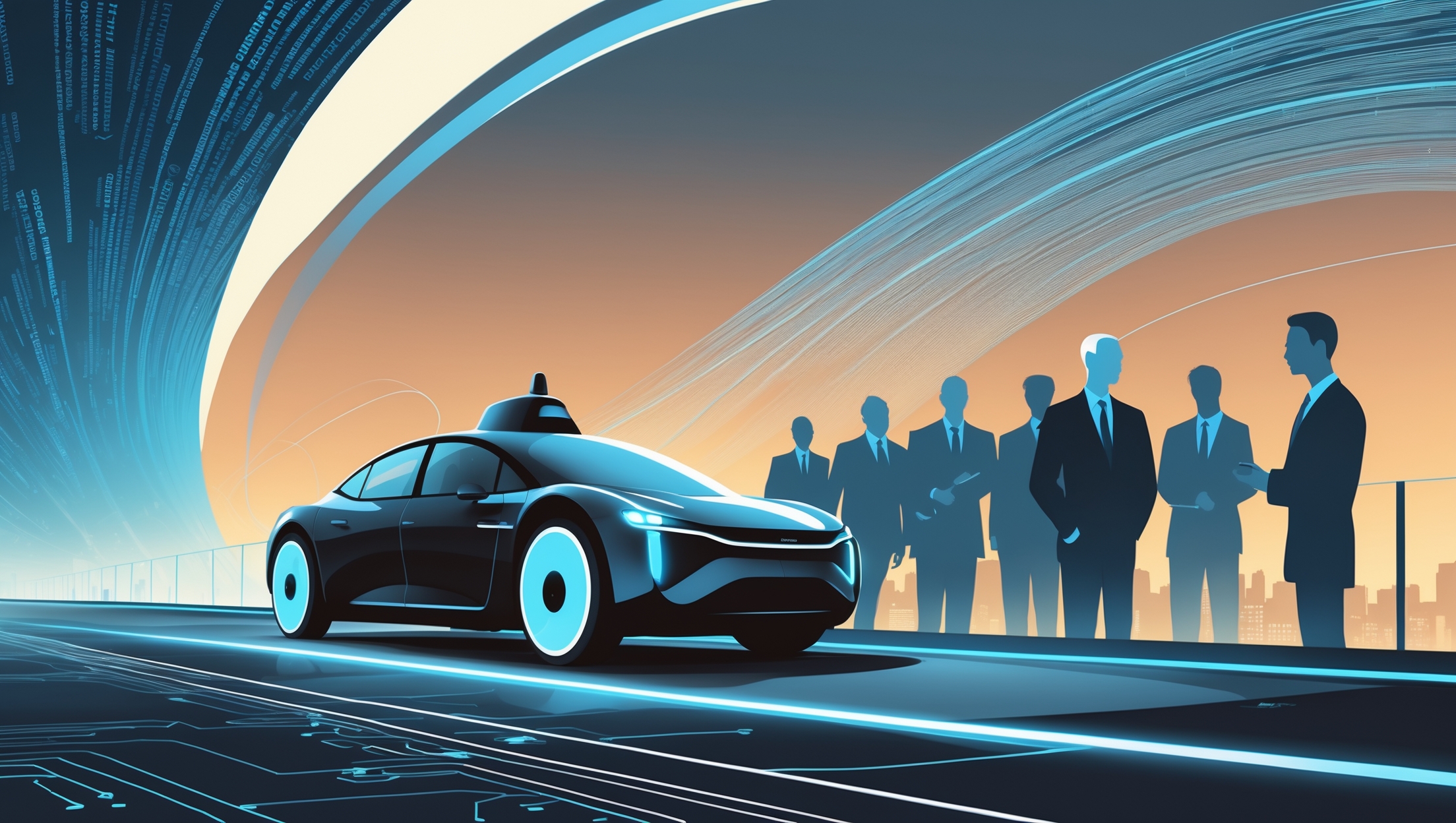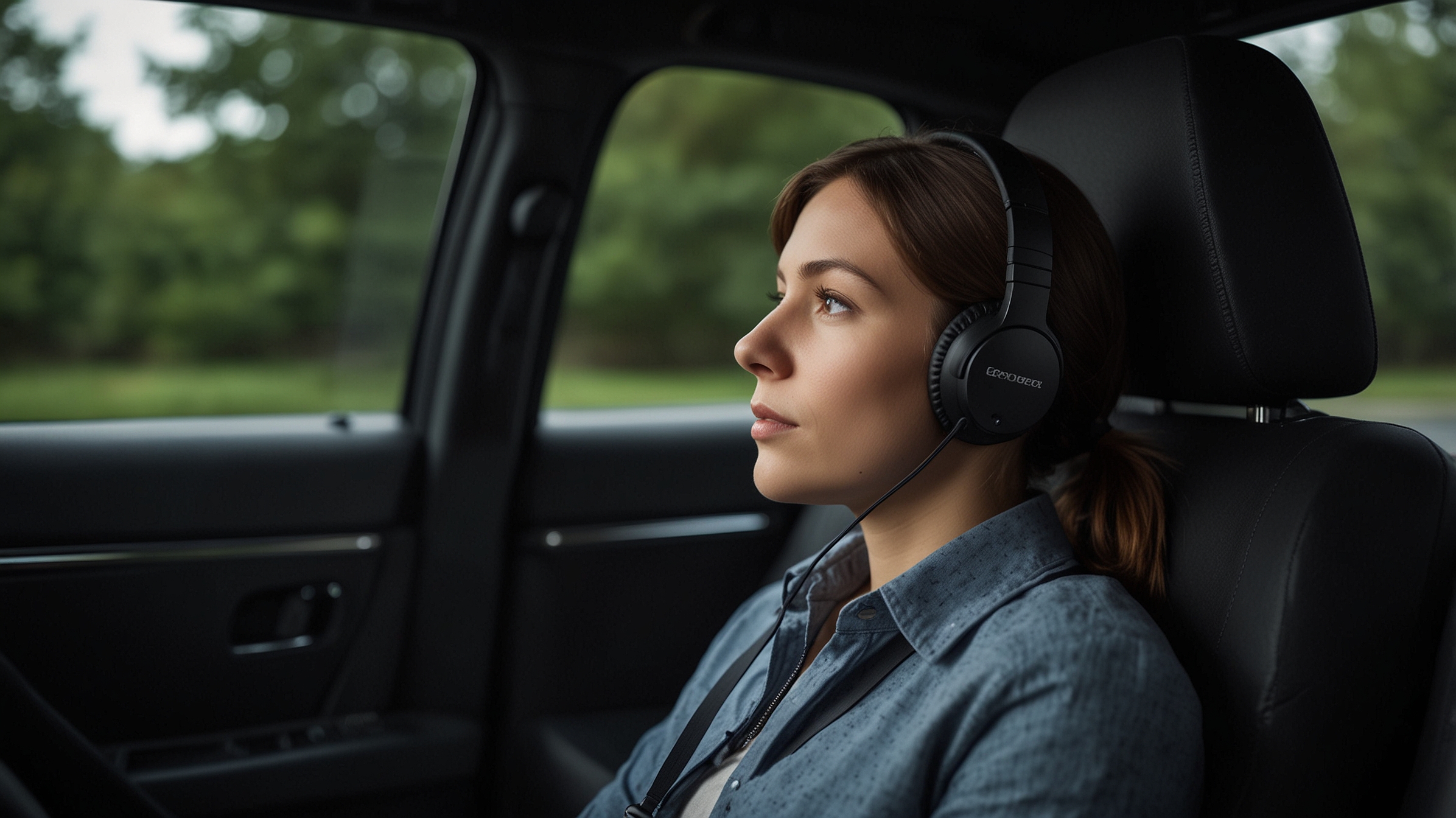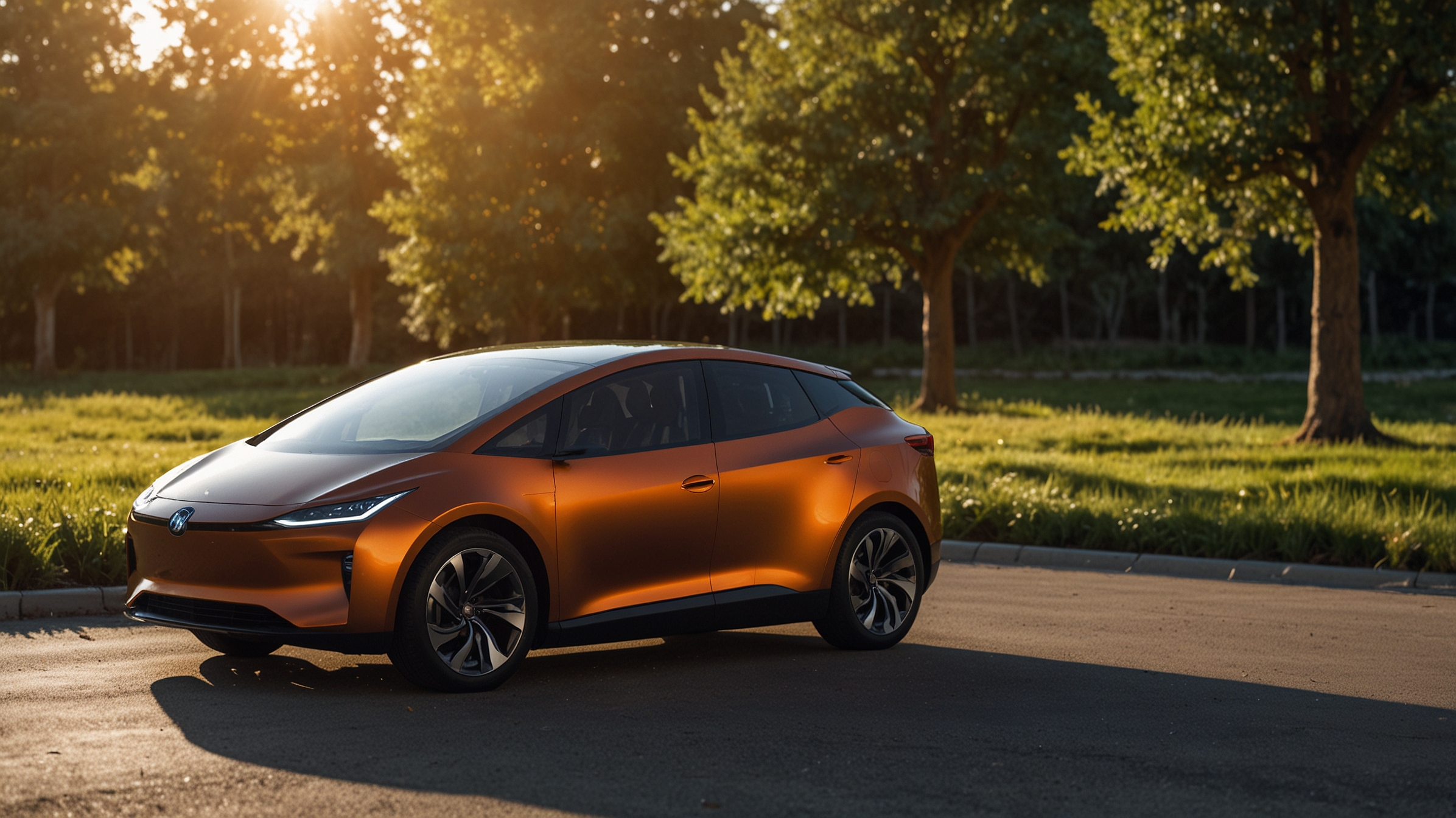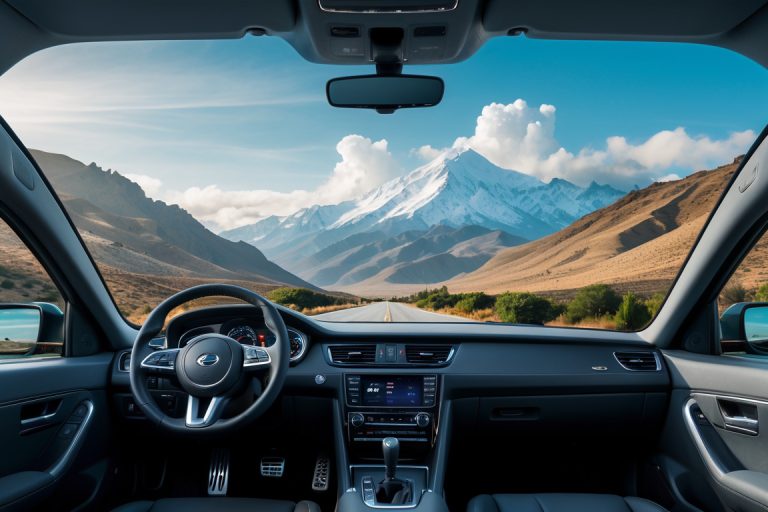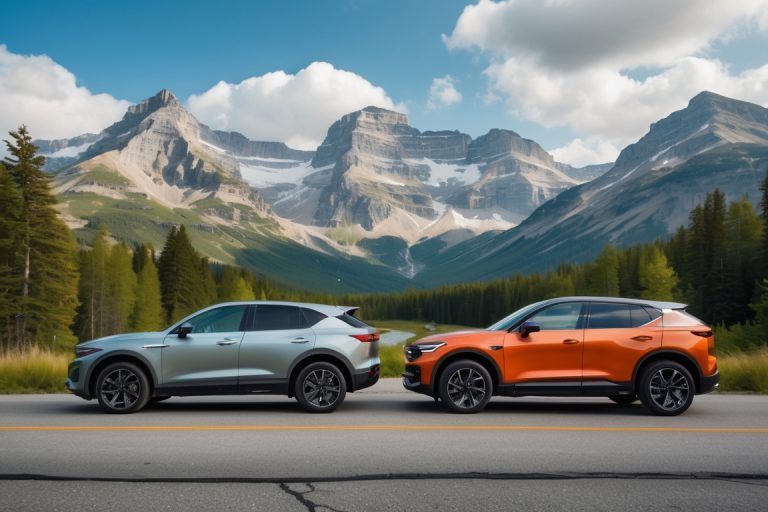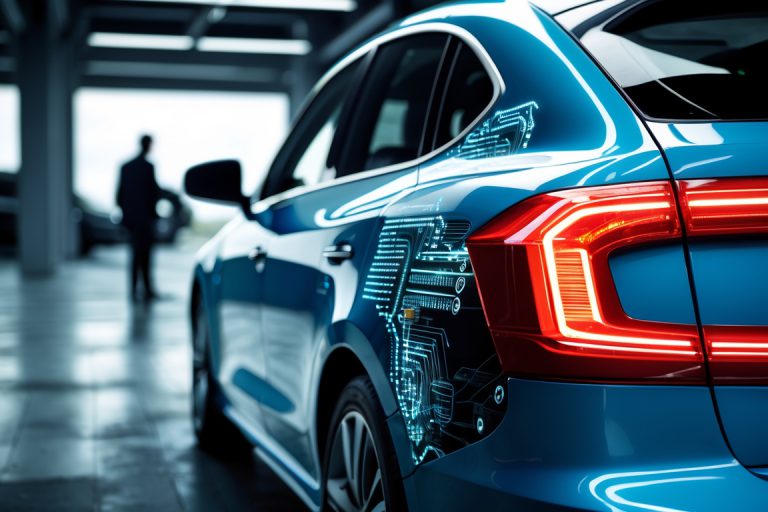It’s a Saturday morning in a parking lot just outside the city. A line of sleek electric vehicles (EVs) glints in the sun — Teslas, Rivians, Nissan Leafs, Kia EV6s, and even a few converted vintage models. Around them, clusters of people chat animatedly about battery range, charging hacks, firmware updates, and upcoming policy changes. It’s not a car show, at least not in the traditional sense. It’s an electric car meetup, and it’s part of a growing movement that’s redefining what it means to be a “car enthusiast.”
As the electric vehicle market expands and more drivers make the switch from gas to battery power, EV meetups have emerged as grassroots gatherings where owners and curious newcomers can share knowledge, celebrate clean tech, and build a sense of community. What began as niche events in a few cities has blossomed into a subculture with its own rituals, challenges, and sense of identity.
Why EV Meetups Matter
Unlike classic car shows, which often focus on aesthetics and engine upgrades, EV meetups tend to center around technology, sustainability, and advocacy. They are places where attendees:
- Exchange tips on optimizing battery life
- Demo new EV models and custom mods
- Discuss home charging setups and road trip strategies
- Share experiences with different brands and dealer support
- Connect with local EV groups or clean energy organizations
For new or potential EV owners, these meetups provide a low-pressure space to ask questions and learn from real-world users — something more authentic than a dealership test drive or online review.
“Buying an EV felt like stepping into a whole new world,” says Michelle Thompson, a Tesla Model Y owner who helped organize her town’s first EV meetup. “At these events, I’ve learned more from other drivers than from any manual.”
A New Kind of Car Culture
EV enthusiasts are often portrayed as tech-savvy early adopters or eco-conscious consumers — and in many ways, that’s true. But what’s emerging is a distinct culture that’s as passionate and engaged as any group of muscle car buffs or off-road adventurers.
There are themed meetups, like “Tesla Tuesdays” or “EV & Coffee” mornings. Some include EV test rides, software demo sessions, and sustainability workshops. Others are more activist in tone, organizing EV parades for Earth Day or lobbying local officials for more public charging infrastructure.
While the love of driving is still there, it’s expressed differently. Speed and horsepower matter, but so does efficiency, software updates, and smart design. Instead of engine mods, you might see someone proudly showing off their custom charging port light ring or a solar-integrated roof setup.
“EV culture is more collaborative than competitive,” says Greg Patel, who runs an EV YouTube channel and regularly attends California-based meetups. “People want to share knowledge and help others make the switch.”
From Online Forums to Real-World Gatherings
Much of EV culture was born online. Forums like Tesla Motors Club, Reddit’s r/electricvehicles, and Facebook groups became hubs where early adopters swapped advice. But as the EV population grows, enthusiasts are stepping offline to connect face-to-face.
Apps like PlugShare and Meetup.com are now used to coordinate gatherings. Dealerships and EV-focused businesses often sponsor or host them, providing test drives and charging stations. In some places, local governments or clean energy nonprofits help promote or facilitate events, seeing them as educational outreach.
“There’s something powerful about seeing a whole row of electric cars together,” says Jules Ramirez, a Chevy Bolt owner from Austin. “It makes this future we talk about feel very real.”
EVs Bring Diversity to Car Enthusiasm
Another notable feature of the EV meetup scene is its diversity — not just in vehicles, but in people. These events often attract a broader demographic than traditional car shows. There’s more gender balance, a wider range of age groups, and greater cultural and professional diversity.
That makes sense, given that EVs appeal to many different motivations: saving money on gas, reducing emissions, enjoying high-tech features, or accessing HOV lanes and tax incentives.
You’re just as likely to meet an environmental science teacher as you are a software engineer or retiree looking to downsize from a gas-guzzling SUV.
Challenges and Growing Pains
While the culture is vibrant, it’s not without its challenges. Some long-time EV users worry that the sense of community might fade as electric vehicles become mainstream. Others note tensions between different brand fan bases, especially around Tesla’s dominant presence.
Charging logistics can also be a problem. If a meetup draws a large crowd, available charging stations may be overwhelmed, which can cause frustration — and ironically, a little range anxiety.
Still, most agree that the benefits outweigh the bumps.
“It’s an evolving space,” says Sarah Liu, who’s attended events in Seattle and Portland. “What matters is that people are talking, learning, and pushing the whole movement forward.”
The Future of EV Meetups
As electric vehicles become a larger part of the global fleet, expect EV meetups to grow — not just in size, but in scope. We may see:
- Regional EV festivals, combining education, entertainment, and policy forums
- Cross-country EV rally events, showcasing battery range and infrastructure
- Youth outreach programs, introducing electric vehicles and clean energy careers
- Partnerships with automakers, who see grassroots events as marketing gold
In short, the EV meetup isn’t just a social gathering — it’s a symbol of a transportation revolution. And if you haven’t attended one yet, it might just be the best place to see the future of driving unfold in real time.






